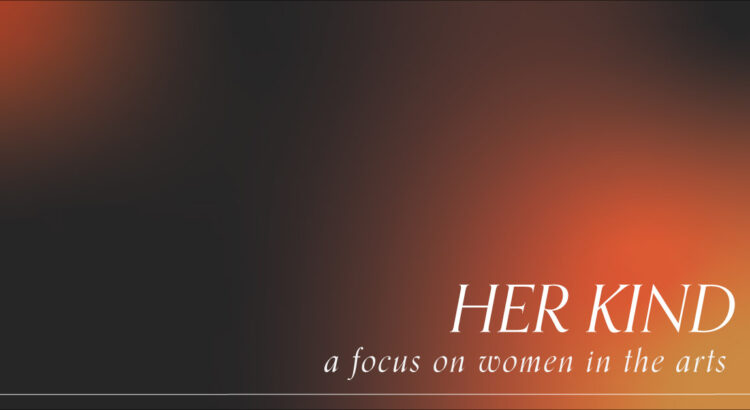ghost of: diana khoi-nguyen
“There is no ecologically safe way to mourn.”
Diana Khoi Nguyen begins her poetry collection, Ghost Of. The book, a finalist for the National Book Award, explores the weight of grief through the loss of her brother. Nguyen captures the cyclic nature of life and grief with grace. Terrance Hayes describes it as “steeped in the poetics of exile and elegy.”
This is one of my favorite poetry collections of all time. It’s a brilliant book with visceral imagery, imaginative poetic structures, and threads that tie the whole collection together beautifully.
The way Nguyen’s titles her poems this: Overture, Reprise, and Coda illustrate the collection’s ties to music and sound on a fundamental level. In the foreground, imagery like “pattering rain,” “neighbors upstairs spilling rice across the floor,” and “an alarm goes off” create an aural awareness in the reader. Ideas of music are pursued further in lines such as:
“What may exist between appearance and disappearance, between sound and silence, as something that is nearly nothing—slow music, quiet music, spare music— of sound and form I fell asleep tonight” (Triptych)
“Harps strung with gut still make music after 2,000 years.” (Future Self)
And perhaps a core line of the whole collection, as well as one of my favorites:
“There is nothing that is not music, the pouring of water from one receptacle into another” (Triptych)
 Nguyen uses the poems titled Triptych and Gyotaku to experiment with form—there are three of each. Gyotaku is a traditional Japanese method of printing fish that dates back to the mid-1800s. The Gyotaku poems vary widely in how they’re arranged, but I chose the one below because I love its simple elegance—and again, there are themes of sound and music present. Nguyen’s poems sound and feel like music themselves; in this collection, each poem is its own brief elegy. You can see an example of it off to the side, and a sample of her take on the art form below.
Nguyen uses the poems titled Triptych and Gyotaku to experiment with form—there are three of each. Gyotaku is a traditional Japanese method of printing fish that dates back to the mid-1800s. The Gyotaku poems vary widely in how they’re arranged, but I chose the one below because I love its simple elegance—and again, there are themes of sound and music present. Nguyen’s poems sound and feel like music themselves; in this collection, each poem is its own brief elegy. You can see an example of it off to the side, and a sample of her take on the art form below.

The Triptych poems take up three pages: one is a family photograph where her brother has been cut out, the second fills the negative space of her brother with a poem, and the third fills out the positive space a poem, almost like a frame. Her use of form paints negative space so vividly, along with the sensation of absence. You can see how the poems are laid out below:



I hope these poems brought a bit of inspiration into your week, regardless of your artistic medium; Nguyen so deftly shows us how closely intertwined artistic disciplines can be. I encourage you to view her poems on Poetry Foundation if you’ve enjoyed this brief look at her work. As always, thanks for reading!



Leave a Reply
Be the First to Comment!